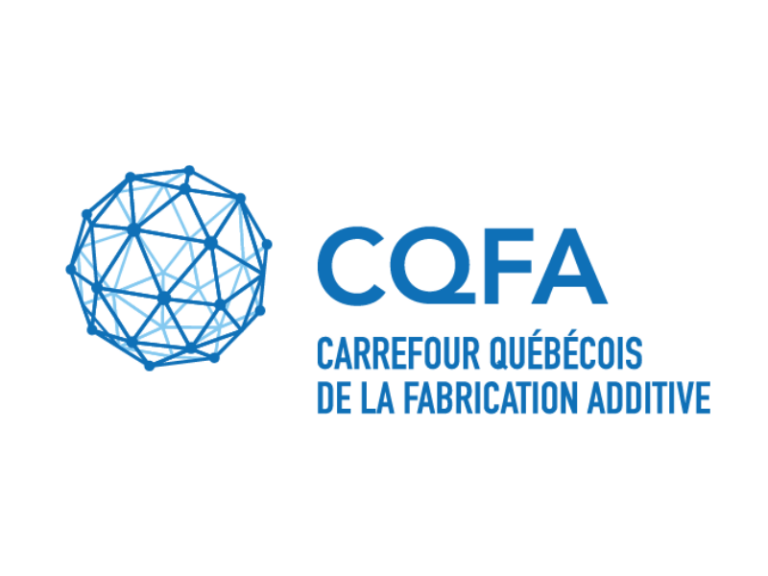
2024/01/20
3D Printing Takes on a Privileged Role in the Cultural Sector
With a passion for special effects in film, Rino Côté chose the art department at Cégep, where his fascination with sculpture and moulding took root. Despite his desire to specialize in film, the appeal of artistic autonomy, rarely affordable in cinema, won him over. He deepened his knowledge by studying visual arts at university before joining Cirque du Soleil, where he worked as a sculptor moulder, and later as a technician/analyst and R&D specialist for the costume and props departments. It was here, in the performing arts, that he discovered additive manufacturing technologies. The emergence of 3D printing was revelatory. Mr. Côté now owns his own workshop, where he fervently pursues his craft using these innovative technologies. As an artist, his understanding of 3D-printed parts goes well beyond mere mechanics by incorporating his singular artistic vision.
The 3D printing revolution has transformed the way physical objects are produced, providing Mr. Côté with a method by which to shape his virtual concepts. Additive manufacturing software, 3D scanners and new printing capabilities have dramatically expanded design and production possibilities for customized parts. One benefit of this process is speed, which allows a more efficient use of one’s time. 3D printing accounts for nearly three-quarters of the parts produced in his workshop, while the rest involves the traditional manufacturing methods used in specific applications, like casting or design for silicone and foam parts. The constant evolution of materials available for 3D printing, along with the advent of conductive and flexible materials and composites, continues to transform the additive manufacturing landscape, particularly in sculpting and moulding. Meanwhile, improvements in 3D printing speeds promise to significantly accelerate the production process, opening up new creative possibilities.